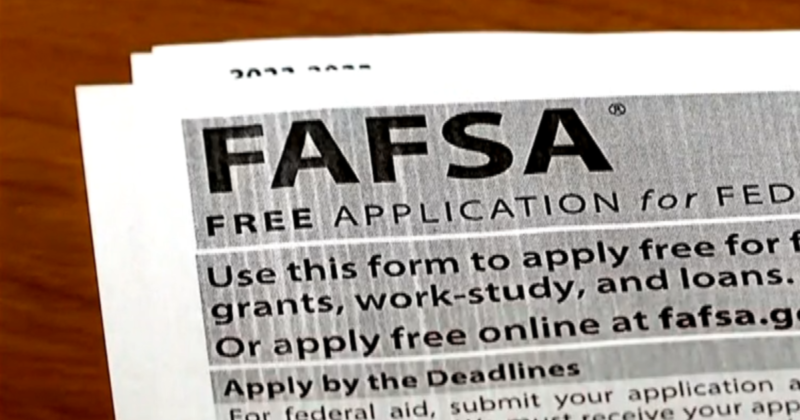The Biden administration on Tuesday announced it’s forgiving around $1.2 billion in student loans for more than 150,000 borrowers. A much-needed lifeline for some burdened with debt from attending college, but annual tuition continues to rise at high rates all across the U.S.
Between 1980 and 2023, the average price of college tuition, fees and room and board skyrocketed 155%, according to the National Center for Education Statistics. The average tuition for private colleges is now $39,723, U.S. News and World Report found.
There are currently 1,777 students enrolled at Pomona College, a prestigious school with a hefty $62,326 a year price tag for tuition and fees.
“Every time we raise tuition, it doesn’t feel good,” says the president of Pomona College, Gabrielle Starr.
She said the biggest expense for the school is people.
“We spend about 70% of our budget on faculty and staff,” she told CBS News.
Many colleges and universities now operate like small cities, and some critics say that’s led to administrative bloat. There are now three times as many administrators and staffers as there are teaching faculty at leading schools, according to an August 2023 report from the Progressive Policy Institute.
Demand for degrees is also driving up costs.
“I feel like young people have gotten the sense that in order to be a part of the American dream today, you have to have your bachelor’s degree diploma hanging on the wall,” said Beth Akers, senior fellow at American Enterprise Institute.
Akers adds that easy access to loans compounds the problem.
“We can’t just be telling people a bachelor’s degree at any cost is the golden ticket,” Akers said. “That’s the message they’ve been getting. And so people are signing on the dotted line, basically at whatever price it takes to get them in.”
“If we get students and their parents to think about, ‘What am I paying here versus what am I getting?’ Then we really force institutions to check themselves,” she said.
But even at the same school, the actual cost can vary from student to student. At Pomona College, for example, 58% of students get some sort of aid, bringing their tuition closer to $16,000 a year. But many still rely on loans that will take years to pay back.
Starr said that, despite the high price tag, she still believes getting that bachelor’s degree is beneficial in the long run.
“All of the studies showed that if you graduate from college, it’s worth it,” she said. “It’s worth it in terms of the salary that you earn and it’s worth it in terms of the other opportunities that it opens to you.”




